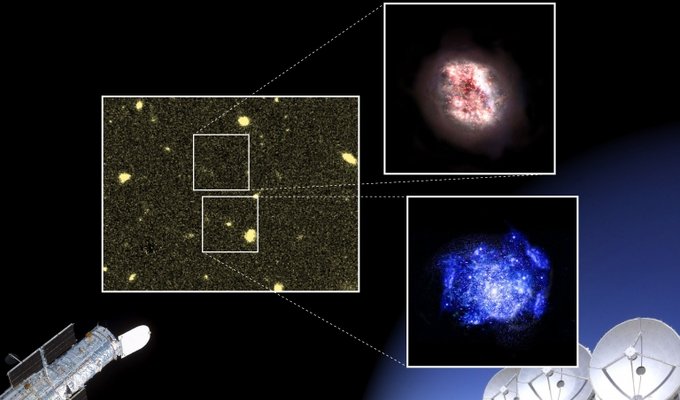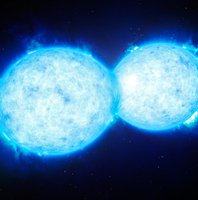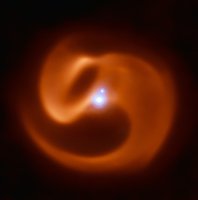There’s a large programme called REBELS (Reionization-Era Bright Emission Line Survey) in which astronomers use ALMA to look at the emissions of 40 galaxies in the early Universe. Will they find 40 really old galaxies? We’ll have to wait to find out!

Science is the result of a lot of hard work and careful handling of data, but it often has a good pinch of luck, too. The kind of luck that leads you to find one thing when you’re actually looking for another. Has it ever happened to you?
It certainly happened to Dr. Yoshinobu Fudamoto from the National Astronomical Observatory of Japan (NAOJ) and Waseda University. When studying the data of young, distant galaxies captured by the Atacama Large Millimeter/submillimeter Array (ALMA) in Chile, he saw a few unexpected emissions. They came from apparently empty regions in space.
Looking closer, a team of astronomers saw that these were not empty regions at all — they were, in fact, two immensely old galaxies! But as they were hidden behind a thick blanket of cosmic dust, these galaxies were almost invisible — until now.
These galaxies formed when the Universe was just 5% of its age today and astronomers believe there are many more of these out there, in the “early Universe”.
In astronomy, looking far in space is the same as looking far in time. Because the speed of light is finite (it’s tremendously quick, but it’s not infinite), the further we look into space, the closer we get to the early Universe. Scientists care a lot about it because getting to know the Universe’s “childhood” better is really important for constructing precise astrophysics models (and to measure how fast galaxies grow and give birth to new stars).
This is a great find because scientists believe we might be missing one in every five galaxies in the early Universe. Now astronomers are using ALMA to find these dusty, early galaxies that Hubble missed out on, even being one of the most sensitive instruments ever built. ALMA will partner with the James Webb Space Telescope (JWST), to be launched this year, in that quest. Isn’t that amazing?
Image: In the central picture, the region where the hidden galaxies were found, as seen by the Hubble Space Telescope. In red and blue, an artist’s impression of what these galaxies might look like, now detected by ALMA.
Credit: ALMA (ESO/NAOJ/NRAO), NASA/ESA Hubble Space Telescope



















